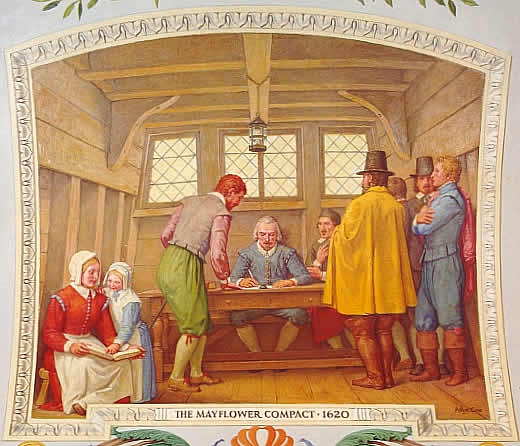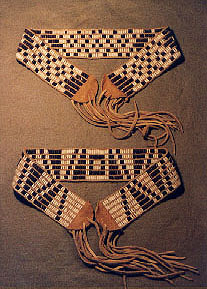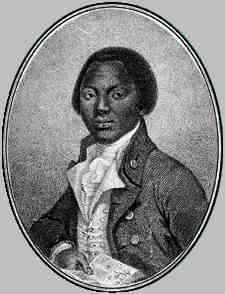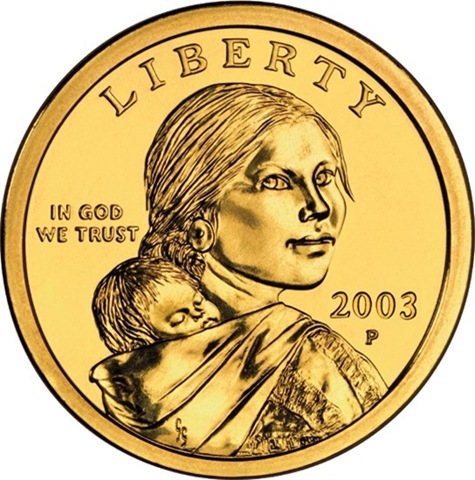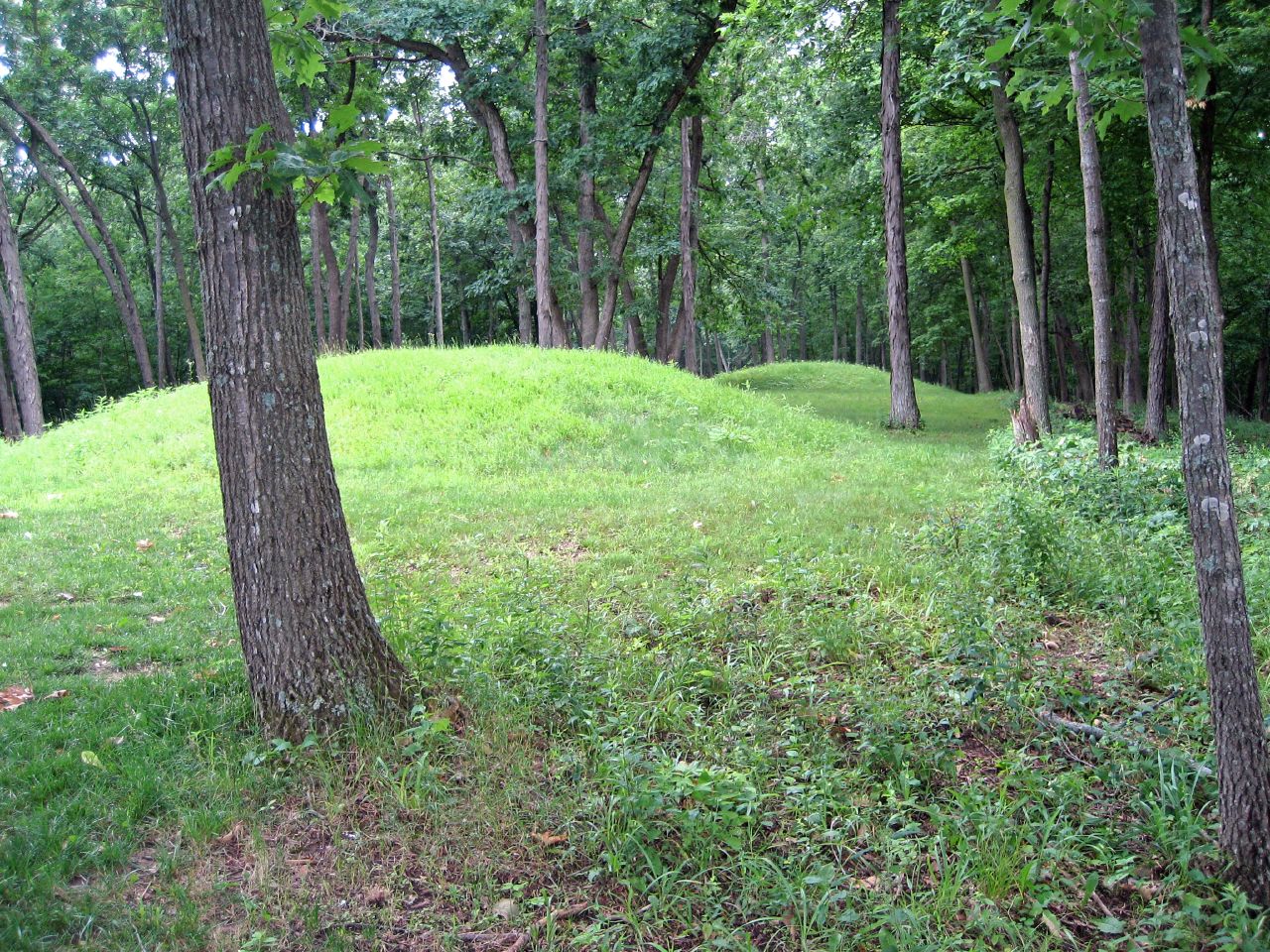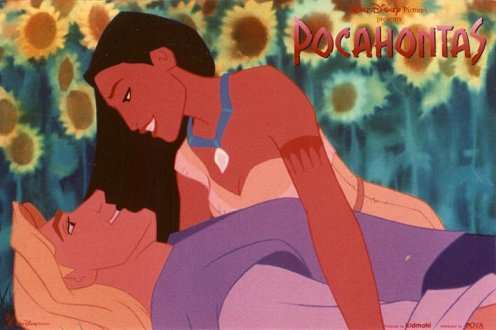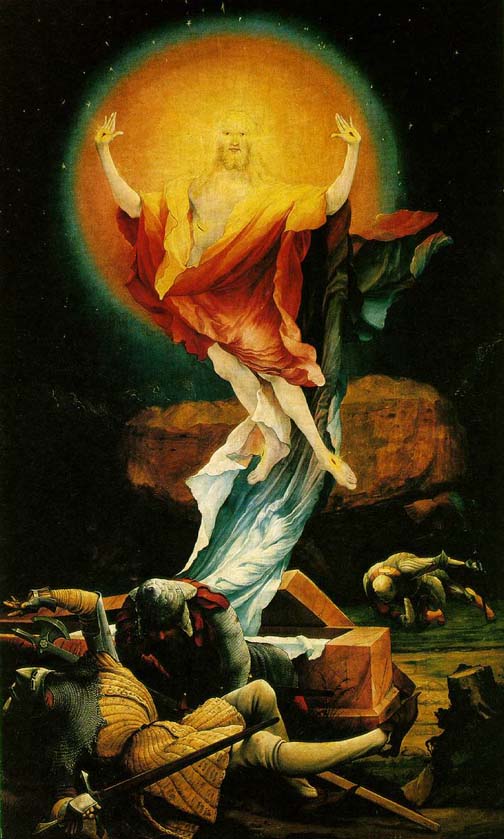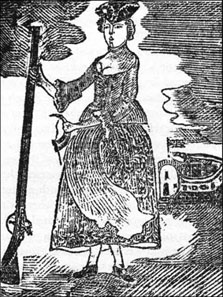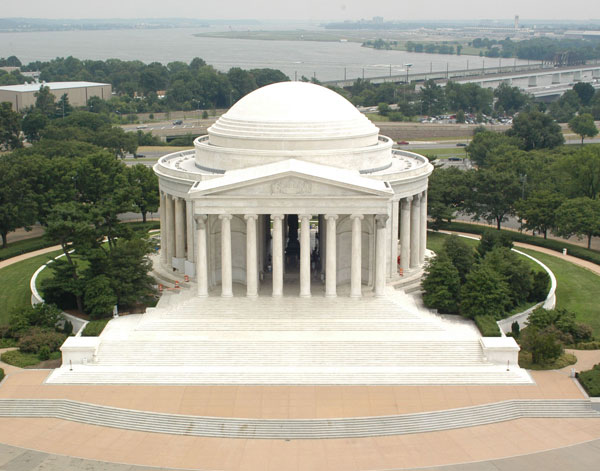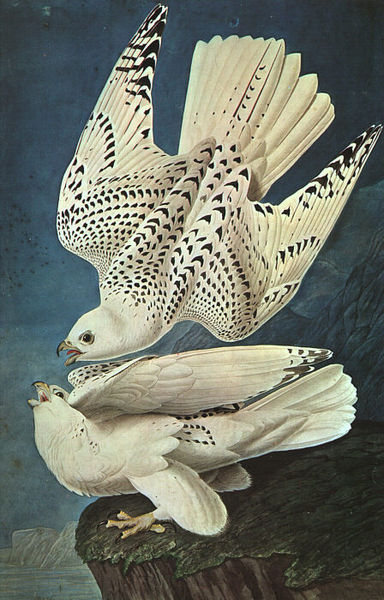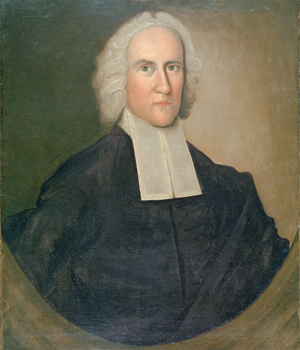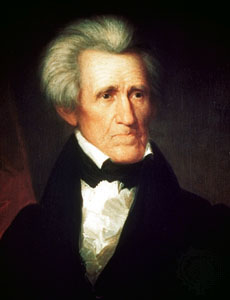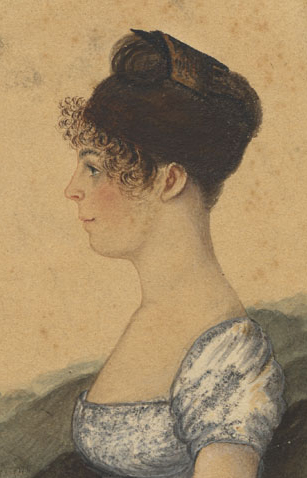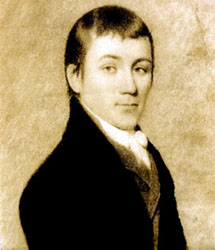|
|
Homepage / Syllabus
undergraduate companion course:
LITR 4232 American Renaissance
|
|
|
Tuesdays 7-9:50pm Bayou 2235 Instructor: Craig White Office: Bayou 2529-8 Office Hours: & by appointment Phone: 281 283 3380 Email: whitec@uhcl.edu Teaching Assistant Ryan
Smith: rssmith87@yahoo.com
URL: http://coursesite.uhcl.edu/HSH/Whitec/LITR/4231 |
Assignments
midterm & research plan
(20-30%)
2
research posts
(30-40%)
final exam
(25-35%) |
Attendance policy: You are expected to attend every scheduled class meeting but are permitted one free cut without comment or penalty. More than one absence jeopardizes your status in the course. If you continue to cut or miss, drop the course. Even with medical or other emergency excuses, high numbers of absences or partial absences will result in a lower or failing course grade.
Reading & Presentation Schedule, spring 2012
(fall 2010 syllabus ) (Link to 2002 syllabus)
No Required Textbooks--all texts are online
![]()
|
Thursday, 19 January: course introduction terms: periods, evolution, formalism & historicism Instructor presents: Enlightenment & The Federalist Papers, #1 & #10 |
Agenda introduction & syllabus; ID cards model assignments; semester assignments [break] Ryan demonstrates web review which America do we teach? a little history and literature next week's assignments: Origin Stories |
|
Sacagawea, 1788-1812
|
Discussion Questions: Which America do we learn or teach? Dominant culture / Western Civilization, or Multicultural? What advantages to each? Can formal or close reading bridge differences?
|
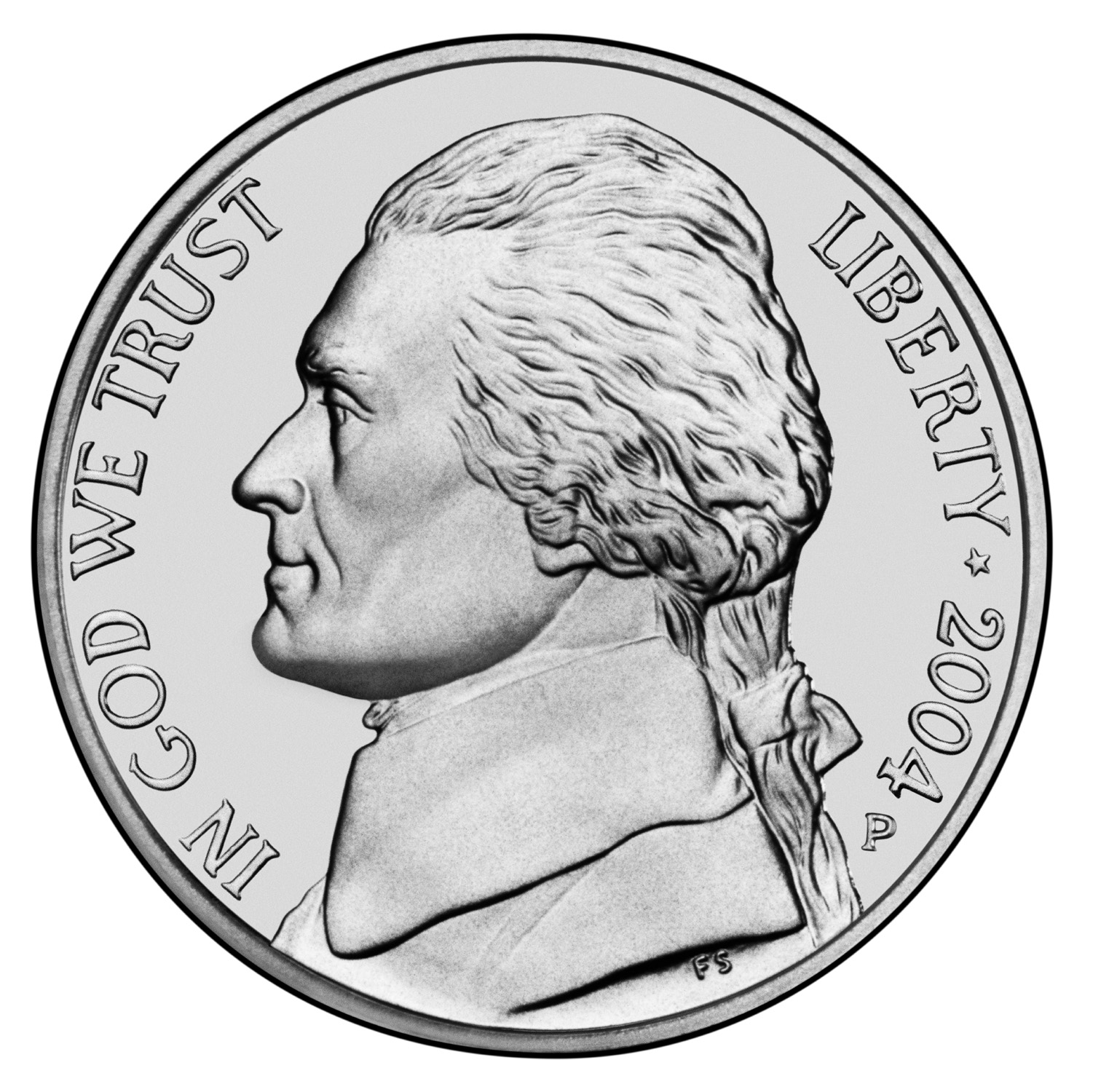 Jefferson Nickel 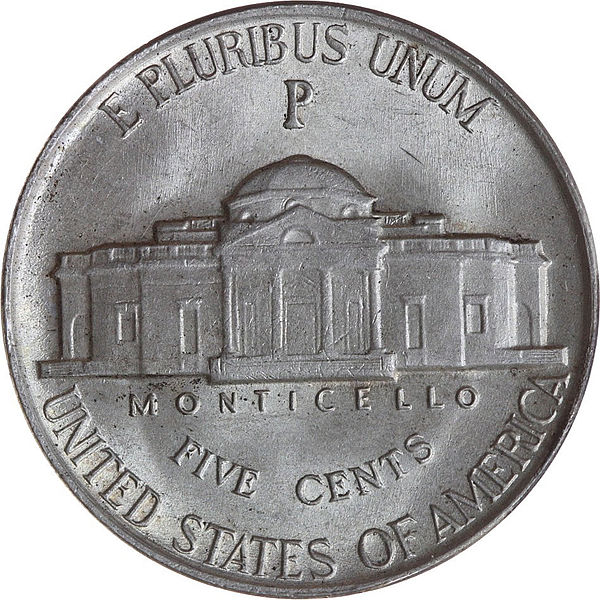 Monticello |
![]()
early European Exploration and Settlement
|
|
|
![]()
|
Thursday, 26 January: Creation & Origin Stories of Europe, America, Africa Readings: Genesis (Creation Story from Bible) & Columbus's Letters (re discovery of America) American Indian Origin Stories The Interesting Narrative of Olaudah Equiano, the African (selections from chapters 1-3; complete 29 March) Student Presentations Reading Discussion Leader(s): Jennifer Matus Poem: Simon J. Ortiz, "A New Story"; Poetry Reader: Nora Haenggi Web review: Native American music Web Reviewer: Ronni Grantham Instructor presents: Declaration of Independence as Origins Story |
Agenda: terms : origins, intertextuality, syncretism reading: Jennifer poetry: Nora [break] web: Ronni assignments: Renaissance what is Literature? presenters email Dr W & Ryan |
|
|
Discussion Questions: Intertextuality: What resemblances b/w Columbus & Genesis? With Handsome Lake? About "Creation Stories," what advantages to one story vs. many stories? How is each creation / origin story unique to its culture? How does it create a culture? What literary qualities or pleasures do you find in these texts? Which America do we teach? |
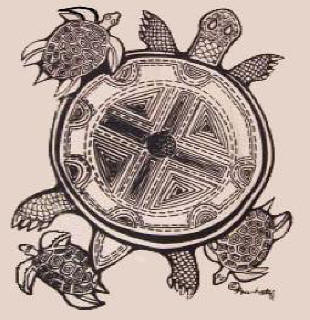 Turtle Island |
![]()
|
Thursday, 2 February: Early Explorers terms: Renaissance, La Malinche, Mestizo, novel (describing fiction) Readings: John Smith (1580-1631), from A General History of Virginia (1624) Cabeza de Vaca (1488-1588), selections from La Relacion (1542) Washington Irving(1783-1859), Rip Van Winkle (1819)
Reading Discussion Leader(s):
Zara Gottschalk Poem: Sor Juana Inez de Cruz (1651-95), "You Men" Poetry Reader: Veronica Ramirez Web review: Renaissance Web Reviewer: Ryan Web review: European Renaissance music Web Reviewer: (Instructor) |
Agenda: Music; roll; assignments Which America do we learn / teach? What counts as literature? > cross-cultural techniques midterm Cabeza de Vaca: Zara Sor Juana: Veronica [break] Lauren: Rip Van Winkle John Smith & Pocahontas Renaissance > Equiano > Renaissance music |
|
|
Discussion Questions: How are the stories of Smith and Cabeza de Vaca like or unlike later fiction? Rip Van Winkle appears 200 years later as the early United States' first successful classic fiction. How is it like or unlike the historical narratives of Smith and Cabeza de Vaca? What different attitudes toward racial mixing emerge from North America and Latin America? Term: Mestizo Since Cabeza de Vaca describes our Gulf Coast region, how do you see it differently through his time and eyes? |
 |
Religious Reformation as Warfare & Exaltation
|
|
|
Matthias Grunewald (1470-1528), Crucifixion (1502) and Resurrection (1506-15)
|
Thursday, 9 February: Puritan utopias (1st generation Puritan settlement of New England) Readings: The Puritans in New England (and England); New England Bradford, Of Plymouth Plantation (i.e., "the Pilgrims"; selections) John Winthrop (1587-1649), A Model of Christian Charity (Boston Puritans; excerpts) Anne Bradstreet (1612-72), poems Hawthorne's "The Maypole of Merry-Mount" (relates to chapter 19 of Bradford's Of Plymouth Plantation) term(s): utopia, literary & historical utopias, America's utopian pasts (Ryan) Student Presentations
Reading Discussion Leader(s):
Elizabeth Eagle (Bradford or Winthrop);
Rochelle Latouche Poem: Anne Bradstreet, "Verses upon the Burning of our House"; Instructor compares: Emily Dickinson, "I Cannot Live with You" & Walt Whitman, "There was a Child Went Forth" > "Plain Style"
Web review:
Baroque music
Web Reviewer:
Jennifer Longoria |
Agenda Assignments John Smith: history > fiction introduce 17th century / Baroque + metaphor Anne Bradstreet: Rochelle > Instructor Puritans > terms: Ryan Bradford / Winthrop: Elizabeth [break] Baroque music: Jennifer L. Hawthorne's May-Pole as historical fiction (cf. Rip Van Winkle, etc.) |
|
Stained Glass portrait of Anne Bradstreet |
Discussion Questions:
|
 John Winthrop (1587-1649) 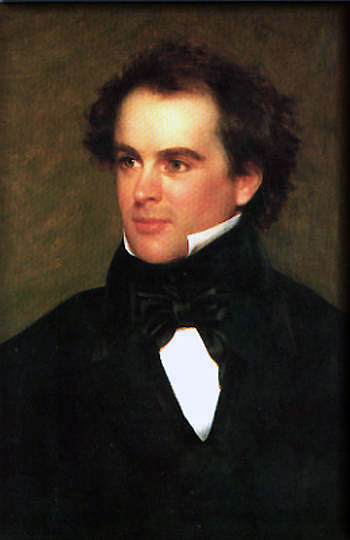 Hawthorne (1804-64) |
![]()
|
Thursday, 16 February: Puritan Captivity Narrative (2nd generation of Puritans) Readings: Mary Rowlandson , A Narrative of the Captivity and Restoration (1682) Cotton Mather, The Wonders of the Invisible World terms: captivity narrative Student Presentations Reading Discussion Leader(s): Jill Norris (Rowlandson) + Web review: chs. 1-3 of Narrative of the Life of Mrs. Mary Jemison (1725) Reading Discussion Leader(s): Lauren Weatherly (Mather) + Web review: Salem Witch Trials
|
Agenda May-Pole? [15] > Historical Fiction; Puritans Ryan on captivity narrative Jill: Rowlandson & Jemison [break] Lauren on Mather / Salem Assignments |
|
|
Discussion Questions: Rowlandson, b. 1637, is part of the Puritans' second generation in America, and Mather the third generation. (Jonathan Edwards [23 Feb] will be 4th generation.) How do their situations and tones differ from first, "utopian" generation of the Puritan immigrants? Rowlandson writes the first "captivity narrative"--a popular genre in American literature. What are the genre's attractions? Continuing discussion of fiction & history, how does it anticipate fiction or the romance? How do Rowlandson's stylings anticipate "the gothic," especially descriptions of Indians and the wilderness? How do Rowlandson's stylings of Indians correspond to our stylings of terrorists? As a woman writer, how do Rowlandson's concerns and style compare to Anne Bradstreet? What are the opportunities for women's writing in early and later New England? Mather (1663-1728) and the Salem Witch Trials occur in Puritans' third generation--what has changed for God's chosen people in America? Why do we remember the Salem Witch Trials and little else about the Puritans? If we don't believe in witchcraft then or now, what's going on in this trial? See objective 6 re "biblical narratives" as an interpretation of American history. How does Rowlandson interpret both her experience and the Indians' in terms of a Christian allegory? |
 Cotton Mather (1663-1728) |
![]()
The
Enlightenment or Age of Reason
&
the
Scientific Revolution
Transition from the 1600s to 1700s, from Religion / Revelation to Enlightenment / Reason
|
Jefferson Memorial, Washington D.C. |
John James Audubon (1785-1851) |
^examples of Neo-Classical or Enlightenment art^
|
Thursday, 23 February: Last Puritan and First Founder Jonathan Edwards, Sinners in the Hands of an Angry God; Personal Narrative; Note on Sarah Pierrepont [preview added texts: Edwards, "Of the Rainbow" & "Of Insects"] Benjamin Franklin, Remarks on the Savages of America; from the Autobiography, proverbs / aphorisms Terms: Enlightenment, Deism (Franklin Autobio 19, 32), The Greak Awakening; irony Web review: NYTimes 14 Feb. 2010: "How Christian were the Founders?" Web Reviewer: Ryan? Reading Discussion Leader(s): Ronni Grantham Web review: remaining chapters of Narrative of Life of Mrs. Mary Jemison (1725) Web Reviewer: Chrystal Smith |
Agenda Bradford, Of Plymouth Plantation midterm preview reader: Ronni web: Chrystal assignments teaching literature & religion web: Ryan |
|
|
Discussion Questions: Above all, compare and contrast Franklin and Edwards, born only 3 years apart but very different paths in writing style and personae / public profile. Which author or text seems most "literary" to present standards? What implications to your choice? Edwards: How is Edwards "the Last Puritan?" What has changed? How does he follow earlier Puritan generations? Why is Sinners the "most famous sermon ever?" Why do readers remember it? Why does it matter now, whether we share its religion or not? How does Edwards's Personal Narrative & note on Sarah Pierrepont show a different side to religion? Identify elements of the gothic and sublime. (Compare to Rowlandson's Captivity Narrative?) Franklin: In contrast to Edwards as "the Last Puritan," how does Franklin represent the new Enlightenment generation that founds the USA? What aspects are more or less attractive or admirable? |
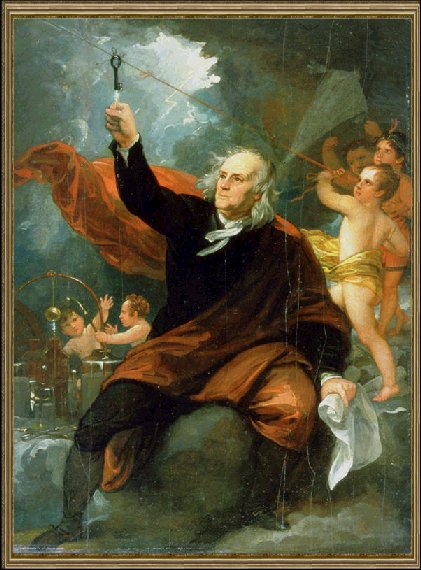 |
![]()
|
Thursday, 1 March: Enlightenment and Religion Readings: Thomas Jefferson on religion Thomas Paine, from The Age of Reason, from The Crisis, & from Common Sense Biographical information on Thomas Paine Abigail & John Adams on Dr. Franklin
Reading Discussion Leader(s):
Adam Glasgow Poem: Jupiter Hammon, "An Evening Thought: Salvation by Christ, with Penitential Cries" (1760) ; Poetry Reader: Instructor Web review: The Enlightenment Web Reviewer: Roberto Benitez Web review: Adam Smith, from The Wealth of Nations (1776) Web Reviewer: Ryan Web review: David Hume, "On Miracles" (1748) Web Reviewer: instructor |
Agenda: Franklin & literature (the novel); 2 strands / sources of Western Civilization
Enlightenment: Roberto Discussion: Adam
[break] Web & poem: instructor |
|
|
Discussion Questions: Compare / contrast Enlightenment writings on religion with Sinners in the Hands of an Angry God. What's at stake in the debate over the Founders' religion? How would this count as a Creation / Origin Story? Consider values, heroes, traditions, change, gender roles. What is the Enlightenment style? Its attractions and detractions? (Irony?) The eighteenth century is most Literature students' least favorite period of study, yet its writings establish our political and economic institutions. What does this conflict between usefulness and entertainment tell us about literary study and what counts as literature? |
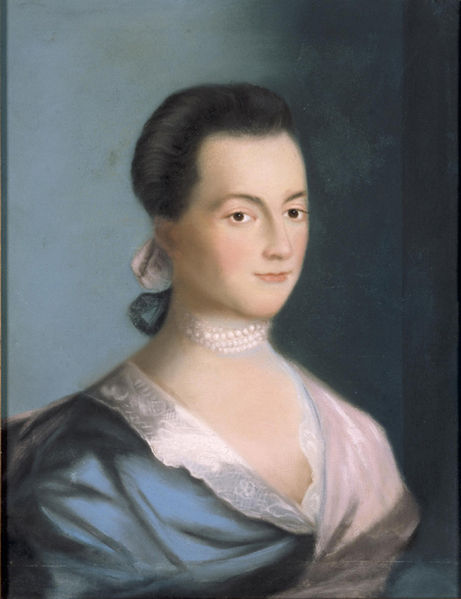 Abigail Adams |
![]()
|
|
Thursday, 8 March: midterm & research plan, in-class or email
|
 |
Thursday, 15 March: spring holidays
![]()
First
Research Post Due 22-29 March
![]()
|
Thursday, 22 March: Constitutional Government Readings: review Mayflower Compact & A Model of Christian Charity (2 Feb) The Great Law of Peace (Iroquois / Haudenosaunee); The Cherokee Memorials The Declaration of Independence (and its echoes) + Texas Declaration of Independence Abigail & John Adams's letters on America's new government U.S. Constitution, Articles of Confederation, Instructor Presentation: selections from The Federalist Papers Student Presentations Reading Discussion Leader(s): Veronica Ramirez; instructor Reading Discussion Leader(s): Rachel Harris (Adams' letters) Web review: The Trail of Tears Web Reviewer: Ryan |
Agenda: midterms, research posts assignments Hammon poem; American Religion compare / contrast Puritan texts texts: Veronica assignments (>Kayla, Diego) Great Law Cherokees: Ryan The Federalist |
|
|
Discussion Questions: What upsides / downsides to reading such texts as literature? What parts of texts come alive and why? Using process of elimination, if these texts don't count as literature, what does? What responsibilities do or don't become ours if these are or aren't literature? |
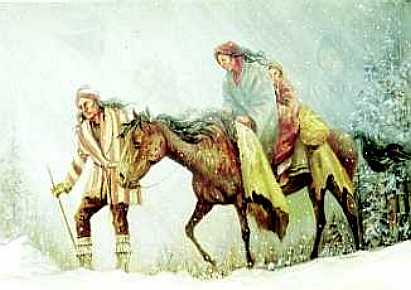 Trail of Tears |
![]()
First
Research Post Due 22-29 March
![]()
|
Thursday, 29 March: Who's in and out of the Enlightenment State? John Woolman, selections from The Journal (1753, 1762) on The Quaker Page Olaudah Equiano, The Interesting Narrative . . . (1789; first slave narrative; review chs 1-3 from 26 Jan. & complete selections) Samson Occom, A Short Narrative of my Life (1768) Reading Discussion Leader(s): Diego Gutierrez (Occom); Kayla Riggs (Equiano) Poem: Phillis Wheatley, "On Being Brought From Africa to America"
Poetry
Reader:
Melissa Lopez Poem: Phillis Wheatley, "On Imagination" Poetry Reader: Instructor Instructor presents: The Quaker Page |
Agenda Posts, semester, assignments Multiculturalism > LITR 4332 & 4333 Equiano as African American Origin Story Wheatley: Melissa Equiano: Kayla Wheatley: instructor [break] Occom: Diego Quakers Woolman |
|
|
Discussion Questions: In both Equiano and Occom, note the connections between religion and literacy. How does Equiano's writing in both style and content resemble the Founders and the Enlightenment. What qualities separate it from the Puritan style? Equiano shows slavery as horrifying, but in contrast to most later, Romantic slave narratives, he mostly advocates its reform rather than its abolition. How is this attitude representative of Enlightenment thinking? Contrast Romanticism. Americans who feel defensive about slavery often point to existence of slavery in Africa. What differences? Why do most Literature majors like reading works such as those by Equiano or Occom more than texts by the Founders? Reading Woolman's Journal is like reading the life of a saint. What pleasures or rewards? What benefits and risks of reading moral or pious literature in public schools? What kinds of moral quandaries does Woolman face that prevent simple yes-no moralism? [43] How does Woolman differ from the Enlightenment? |
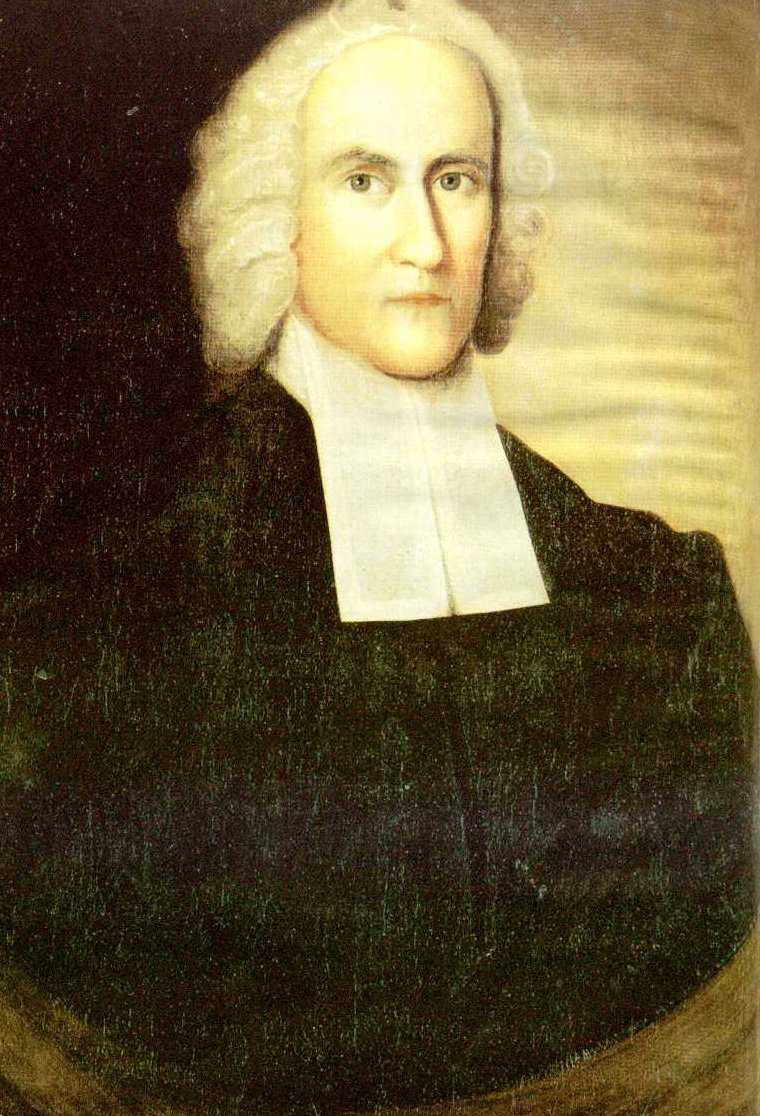 Jonathan Edwards |
![]()
Early Romanticism (late 1700s-early 1800s)
17th Century
> Enlightenment > Romanticism
|
Thursday, 5 April: Peace, Change, Great Awakenings + begin Women's Romance Readings: Sermon Selections of George Whitefield The Great Awakening & The Second Great Awakening John Adams, letter on southern preaching Crevecoeur, Letters from an American Farmer (1782) Charlotte Temple (read half of Volume One) Student Presentations Reading Discussion Leader(s): instructor
Instructor presents: Enlightenment / Romantic visual art |
Agenda: schedule, assignments Great Awakening, Adams, Whitefield Ryan: classical classical music Enlightenment art [break] Crevecoeur Charlotte Temple |
|
|
Overall question: How are thought, literature, and religion turning from the Enlightenment to Romanticism? What continuities or differences? Whitefield: After the Constitution's separation of church and state, where does religion relocate? What aspects of Whitefield's appeal are potentially Romantic or contrary to Romanticism? What features of Whitefield's sermons are familiar even today? (Contrast Puritanism, whose religion often seems alien to modern audiences.) John Adams: How is "southern preaching" representative of the Great Awakening? Crevecoeur: How is "the American" a new person or American identity created by the Melting Pot? What contrasts to other cultures? Relate to American Exceptionalism
Charlotte Temple: What balance is struck between "instruction" and "entertainment?" ; Why was Charlotte Temple so popular? What pleasure may be found in the story? What instruction, moral, or lesson(s) does the novel offer? How does the text contradict itself? That is, telling you a moral while showing its violation? |
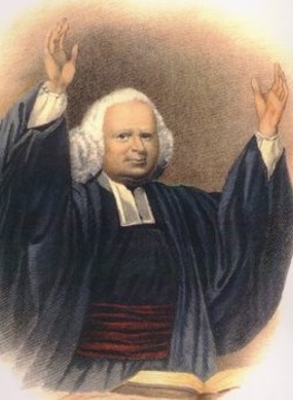 George Whitefield (1714-70) |
![]()
|
Thursday, 12 April: complete Women's Romance Readings: Charlotte Temple (complete) Thomas Jefferson, letter on women's education & novels begin Edgar Huntly (chapter 1); term: gothic; novel; fiction; defamiliarization Student Presentations Reading Discussion Leader(s): Christi English All students have a passage from Charlotte Temple for question, comment
Instructor presents: Enlightenment / Romantic visual art |
Agenda: final exam fiction & novel Charlotte Temple: Christi Jefferson Romantic music: Chasity Romantic art gothic > Edgar Huntly
|
|
|
Discussion Questions: Continue to compare / contrast Romanticism with the 17th Century and Enlightenment--what continuities or differences? Charlotte Temple: For past generations, Charlotte Temple would likely have been excluded from a Literature course on account of its sentimentality and its appeal to popular tastes or habits of thought. What is gained from reading such a novel in terms of women's writing, the romance genre, cultural studies, popular culture, early American history? By reading an early work of fiction like Charlotte Temple, what do you learn about the style of fiction you take for granted now? Compare / contrast Charlotte Temple as a sentimental romance novel with Edgar Huntly as a gothic romance novel. Continue questions on Charlotte Temple from previous class. |
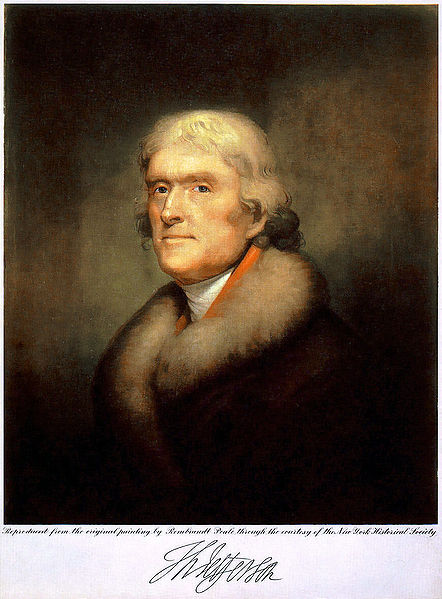 |
![]()
Second Research Post Due 19-26 April
![]()
|
Thursday, 19 April: Edgar Huntly Readings: Edgar Huntly through chapter 12
Reading Discussion Leader(s):
Zara Gottschalk
Web review:
Texas Declaration
of Independence
Web Reviewer:
Instructor
T
|
Agenda: 2nd research post, exam nature of fiction: narration & dialogue Franklin 23-24 Zara: Huntly assignments
|
|
|
Discussion Questions: What are the identifying features of a novel? How is the rise of novels compatible with the rise of Romanticism? Examples of the gothic and sublime? How is the gothic attached to the American wilderness rather than gothic castles, etc.? What is the significance of the gothic? Why does it keep returning? How does it keep working? Edgar Huntly was never popular like Charlotte Temple. Why not? What distinctions between popular and classic literature? How can both be classified as Romantic (or occasionally anti-Romantic)? Edgar Huntly is the first serious American attempt at serious or literary fiction. What does he get right and wrong? What can you learn about fiction from his successes and errors? What do you want more or less of? If these are "bad novels," what do you learn about what makes good fiction? What balance is struck between "instruction" and "entertainment?" |
 gothic forest |
![]()
Second Research Post Due 19-26 April
![]()
|
Thursday, 26 April: conclude Charles Brockden Brown, Edgar Huntly Readings: Edgar Huntly (complete) Student Presentations Reading Discussion Leader(s): Adam Glasgow Poem: Freneau, "The Indian Burying-Ground" (How does Romanticism change American attitude toward Native American Indians? Compare Mary Rowlandson , A Narrative of the Captivity and Restoration?) Poetry Reader: Nora Haenggi |
Agenda: Elizabeth, Lauren exam periods, Romanticism, gothic, sublime Novel: Adam break / evaluations Poem: Nora
|
|
|
Discussion Questions: Does Edgar Huntly come to any satisfying end or resolution? What pleasure and instruction? Can reading and studying such a book as Edgar Huntly be rationalized or justified? Examples of the gothic and sublime? How is the gothic attached to the American wilderness rather than gothic castles, etc.? Edgar Huntly was never popular like Charlotte Temple. Why not? What distinctions between popular and classic literature? How much can it be distinguished as sentimental and gothic? Edgar Huntly is the first serious American attempt at serious or literary fiction. What does he get right and wrong? What can you learn about fiction from his successes and errors? What do you want more or less of? What is the significance of the gothic? Why does it keep returning? How does it keep working? What in us responds to the gothic? How does the gothic respond to the Enlightenment? How do Edgar & Clithero qualify as doppelgangers or twins? Examples of such twinning elsewhere in gothic literature? A captivity narrative is inserted, now a fictional genre. |
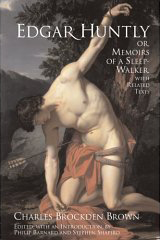 |
![]()
Thursday, 3 May: final exam
Course Objectives
Content
1. To learn about early North American and U.S.texts and cultures and make them matter now.
2. To read and interpret "Creation Stories" and "Origin Stories" of America
-
Native American origin stories
-
The Pilgrim or Puritan Fathers (& Mothers) of New England
-
Founding Fathers (& Mothers)
-
Genesis and Evolution
To explore the related concepts of utopia, decline, and apocalypse (or end-times)
3. Emergence of “Literature” as we know it today from earlier genres like letters, pamphlets, public documents; spoken and written literatures and cultures
4. To reconcile the "Culture Wars" over which America is the real America?--To ask hard questions without simple or final answers. (Our answers evolve with our world.)
-
Which America to teach?
-
"Founding" by "great white fathers" or multicultural voices of African America, Native America, Spanish and French colonization, women, and others?
-
To acknowledge “heroes, villains, and victims” but also cross-cultural, intertextual, evolutionary, and other stories
-
-
Is America a religious nation peculiarly blessed by God or a secular state with religious people peculiarly devoted to materialist lifestyles?
-
Is American government a strong, centralized national state or union, or is it a confederation of state and local governments with prevailing rights?
-
Can there be a community of individuals?
-
Is America in decline or making progress?
5. To gain literary and cultural knowledge of historical periods & attempt trans-historical unity:
-
Renaissance / Age of Exploration (1500s)
-
Seventeenth Century: Religious Reformation and Warfare (1600s)
-
Enlightenment, Age of Reason (late 1600s-late 1700s)
-
Romanticism (late 1700s-1800s) (continues in LITR 4232 American Renaissance, spring 2012)
6. Can American history tell a single story? Trans-historical unity? Options:
-
Providential history: from "fate / destiny" to Biblical narratives, incl. models for secular story-telling
-
Evolution as continuity + change
-
Ongoing transition: tradition > modernity [>reaction: retrenchment & revival]
-
"Big ideas" or concepts for deep past: utopias,
Cross-cultural strategies
Mestizo identity
Critical Theory / Critical Thinking
Close reading or formalism: attention to language and its mechanisms
Textuality & Intertextuality—not reading “one text at a time” but how texts create a network of shared meaning
Death of the Author: empowering readers, opposing autobiographical interpretations and "what the author meant to say"
Historicism: reading past literature in its historical context and ours
-
What aspects of the past do we relate to and why? If we don't relate, what can we learn from difference?
-
What is historical and what is timeless? If “timeless,” what is the connection between them and us?
-
How can we think of the past? What are mental powers of storytelling and limits to inclusion?
-
“History in their own words”—and not, say, in the language of a modern textbook
-
American Studies: the interdisciplinary study of American identity and culture in literature, history, religion, gender studies, and economics, whether dominant-culture or multicultural.
-
People may exploit the past to exploit people who know nothing of the past and have to believe what they hear.
Critical thinking:
unity & diversity, or identity and difference: How to tell a continuous story about America that involves “other Americas?”
succession and progression: is America in decline, in progress, or just evolving?
resistance to conspiracy theory while recognizing its attractions.
Teaching
Class Organization
Course webpage as evolving teaching tool
online texts for a face-to-face classroom
Student-led discussions
Attitudes
Build on what students already know (or may recognize or relate to)
Emphasis less on what to think than on how to think and discuss
Research posts as knowledge gathering + exams as opinion and analysis
Begin inclusion of Meso-America, Spanish colonization, and Hispanic / Mexican identities
Review of Latino Catholicism: Transformation in America’s Largest Church (2012) by Timothy Matovina
